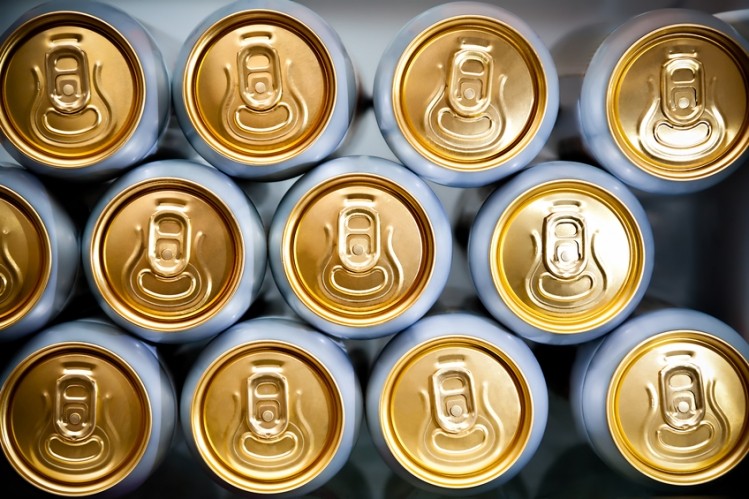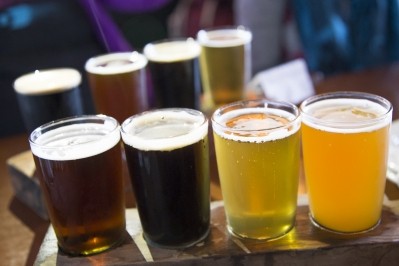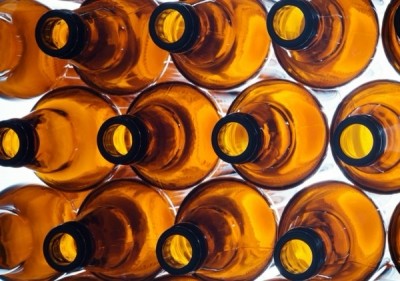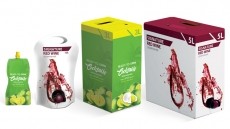Metal packaging sees big shift in smaller volume, higher value craft beers and ales

In its report, 'The Future of Metal Packaging and Coatings to 2021', it claims there has been a major development in metal packaging in smaller volume, higher value craft beers and ales, representing a shift in an otherwise saturated region in France and Germany.
Smaller breweries turing to 330ml & 500ml cans
Dan Rogers, head of publishing, Smithers Pira, told BeverageDaily, smaller breweries and soft drink providers cannot sell the significant bulk that larger companies can, and instead are turning to cheap 330ml and 500ml beverage cans as a canvas for complicated 360o designs, holographic logos, and bespoke packaging designed to appeal to a niche consumer.
He said digital printing has allowed can manufacturers to produce smaller quantities without increasing the per-can cost.
Larger companies have begun embracing this shift into bespoke products in the FMCG market with more variance of design on cans, limited edition cans to commemorate specific events, and marketing campaigns.
"Developing countries such as China, India and Brazil have been associated with significant manufacture and international exports, providing goods for the world, but not consuming them domestically. This is no longer the case," said Rogers.
“Whilst bulk metal packaging and export-related packaging has slumped slightly in emerging markets, growing social mobility coupled with an expanding middle class, China is seeing private consumption grow by more than 20% year-on-year as disposable incomes, especially in urban areas, are rocketing.
“Many of the economic powerhouses have begun increasing domestic consumption, creating major growth opportunities for local businesses.
"Nuances of consumer taste in these regions, such as the Indian preference for food cans over rigid plastic packaging, and Brazil’s traditional beverages have introduced an exciting growth opportunity that relies more on local brands and domestic trade than mass imported and exported delicacies.”
Metal packaging to grow by 3% in 2016
According to figures in the report, the market will grow by around 3% in 2016 to reach $106m, driven by increasing demand for metal packaging in emerging and transitional economies when demand in more mature markets will remain flat.
It says the global market metal packaging is forecast to grow at an annual average rate of 4% to reach $128m by 2021.
Rogers added, consumers are more aware than ever about environmental issues, and there has been a strong trend towards reusing metal packaging such as beverage cans, especially in Europe.
The European Commission has imposed challenging targets for recycling, and landfill sites have seen increased taxes.
European recycling has increased its metal packaging recycling rate steadily in recent years, and in 2013 reached around 75% recycling of rigid metal packaging, and the industry’s target objective of 80% metal packaging recycling in Europe by 2020 is on track.
Other regions, such as North America, are lagging behind this goal, with only around 35% recycling of metal packaging in 2013 from the US.
"This is still an improvement on previous years though, suggesting the trend is present, if not as dramatic," said Rogers.
"Technology strides are still being made to further lightweight rigid metal packs, continuing to reduce the amount of material used, mainly steel and aluminium."











